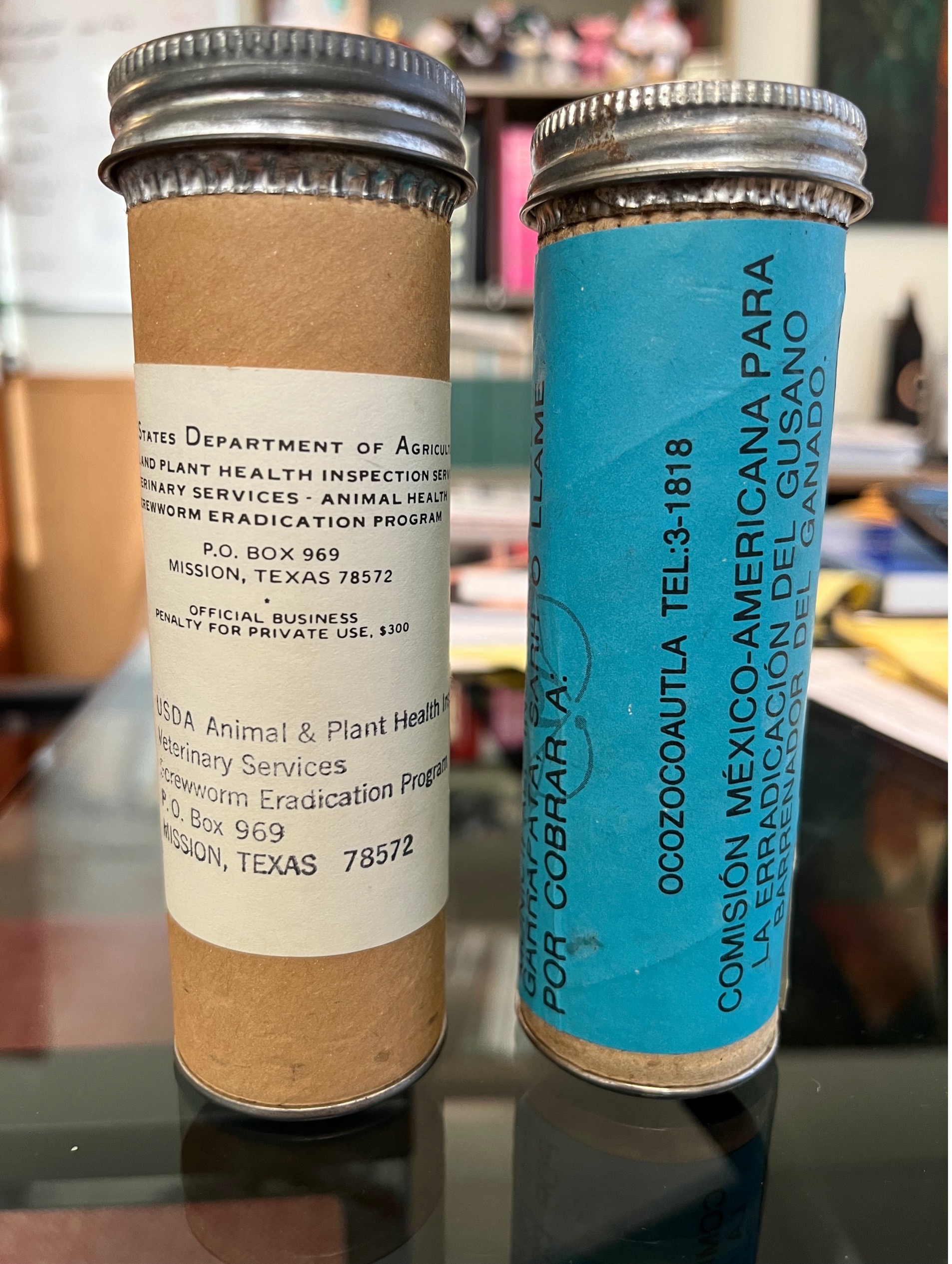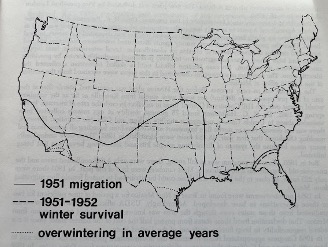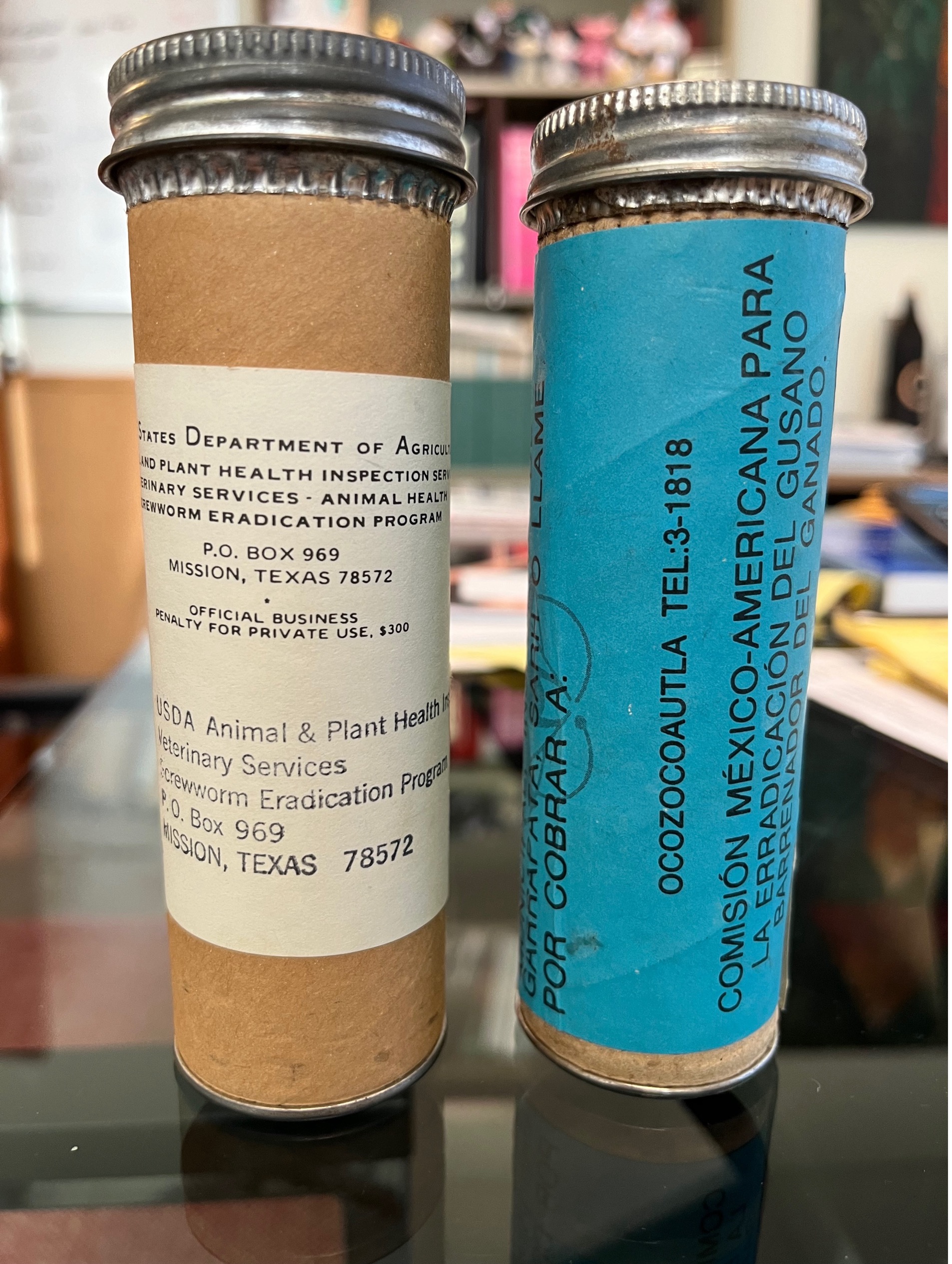Over the weekend, USDA APHIS announced a new restriction on livestock from Mexico due to an occurrence of New World Screwworm (NWS) in the Southern Mexican state of Chiapas. APHIS is restricting the importation of animal commodities originating from, or transiting through, Mexico immediately while awaiting more information of the size and scope of the outbreak.
History
The screwworm, Cochliomyia hominivorax, is a fly that is a flesh-eating parasite. The screwworm fly spreads by depositing its eggs around an open wound. The larvae then crawl into the wound feeding on the animal’s flesh. The adult female fly mates only once in its lifespan, which led to the strategy of controlling the screwworm fly by releasing sterile male flies, thus preventing reproduction. Eradication efforts through releasing sterile male flies began in the 1950s and resulted in eradication from the U.S. In fact, it was ranchers who donated money and raised $2.8 million to match the federal appropriation that ramped up eradication in Texas in the early 1960s. Later coordinated efforts with Mexico and Central American countries pushed the flies down to Panama. But in recent years, the flies have been making a comeback in Central America overwhelming the strategy of sterile fly release. The last reported occurrence in the U.S. was in deer in Big Pine Key, Florida in 2016.
During the eradication efforts in the 1950s, ranchers could send in sample tubes of flies for identification. Knowing the location of occurrences allowed for pinpointing release areas. Figure 1 is a picture of the sample tubes. Figure 2 is a map of the screwworm overwintering range in average years (Graham, 1985).
Imports
Feeder cattle imports from Mexico are an important source of cattle for U.S. cattle feeders and beef production. Imports have a highly seasonal pattern with the most entering in the Spring and late in the year. These steers and spayed heifers often first go to stocker grazing programs and then to feedlots. Imports in 2024 have amounted to about 5 percent of feedlot placements. Cattle enter the U.S. through 11 ports of entry: 3 in Arizona, 2 in New Mexico, and 6 in Texas. Year to date, 1,195,702 feeder cattle have entered the U.S. Of those, 29 percent have entered through Arizona, 51 percent through New Mexico, and 20 percent through Texas.
A simple, back of the envelope analysis would estimate that a 5 percent decline in feeder cattle supplies would lead to about an 8.6 percent increase in feeder cattle prices, all else held equal. We might also consider the impact regionally, as most of these feeder cattle would be fed in the Southern Plains or the Southwest. The limitation on imports would likely have a significant effect on feeders in those areas.
Other Considerations
One of the major differences today compared to pre-eradication is the presence of many more deer and exotics. In the “old days”, there were few deer in parts of Texas due to the impact of screw worms on deer survival. Eradication allowed rapid increases in the deer population. The recent development of the exotic wildlife industry presents the potential for much larger economic harm from re-infestation.
Old timers will speculate that one reason there were so many great team ropers from Texas is because of the constant checking cattle closely and doctoring them for screw worms. The pest even enters popular literature in The Good Old Boys by Texas writer Elmer Kelton. In this novel the protagonist, Hewey, spends a ton of time roping, checking, and doctoring their calves.
It’s important to remember that screw worms can be controlled. The use of sterile male flies allows proven and effective control. Cooperation with our southern neighbors pushed eradication as far as Panama. But, as is often the case, these old menaces return. Fortunately, control is possible but, it requires vigilance.
Figure 1. Tubes for Ranchers to Return Screwworm Samples to the Eradication Program. From the library of David Anderson.

Figure 2. Map of Screwworm Range.


For Further Reading:
Graham, O.H. (editor) “Symposium on Eradication of the Screwworm from the United States and Mexico.” Entomological Society of America. 1985.
Kelton, E. The Good Old Boys. Doubleday. 1978.
Novy, J.E. “Screwworm Control and Eradication in the Southern United States of America.” FAO.
Anderson, David, Josh Maples, and Charley Martinez. “An Old Menace.” Southern Ag Today 4(48.2). November 26, 2024. Permalink



